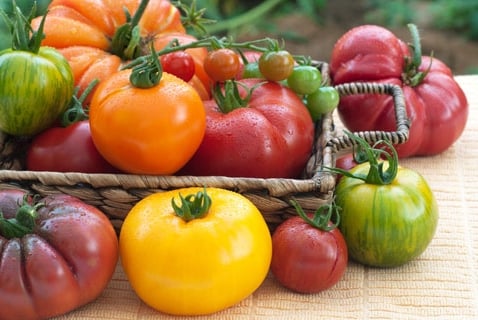
New research claims that indigenous groups may offer insight into preserving food biodiversity.
The ongoing loss of the world’s biodiversity is continuing to worry researchers, but new research claiming that indigenous groups may offer insight into preserving food biodiversity is offering hope.
Why we need biodiversity
Biodiversity can offer support in the face of environmental changes and increase food security, because if one crop suffers, there are many more that may survive and flourish. Only utilizing a handful of the world’s crops can be likened to “putting all your eggs in one basket”—it’s very risky.
Why we’re losing biodiversity
Climate change plays a major role in the loss of genetic diversity, by presenting plants with new and extreme environmental conditions. If plants can’t adapt, they will likely die out. Invasive species are also a huge threat to biodiversity, as are genetically modified crops and reliance on only a few staple crops for mass production. Of course, humans play a role in contributing to all of these factors.
How indigenous groups may offer hope
A new report included in the text “Biodiversity in Agriculture: Domestication, Evolution, and Sustainability,” published by Cambridge University Press, claims that two indigenous groups (the Yanesha of Peru and the Tibetans of the Himalayas) may help fight the loss of food biodiversity with their traditional agricultural practices.
These two groups are also facing rapid changes to their environment, but have extensive knowledge of the natural landscape and are adapting to climate change by planting new crops.
The groups can even create new biodiversity by selecting and breeding odd shapes and sizes of fruits and vegetables. The Yanesha “plant a diversity of more than 75 species of crops in home gardens and more than 125 species in swidden fields.” This extreme diversity protects against disease, weather changes, and pests.
The key, claim researchers, is merging this traditional knowledge with science.
What you can do to preserve biodiversity
All of us can play a part in preserving genetic diversity.
- To learn about organizations to get involved in, check out these tips under the subhead “Hungry for action?”
- Avoid genetically modified foods by choosing organic or looking for the Non-GMO Project Verified Label on food packaging.
- Support your local farmers and eat locally by shopping at your local farmers’ market.
- Experiment with delicious heirloom vegetable varieties. These beauties are tricky to find at supermarkets but abound at farmers’ markets and many health food stores. You’ll be amazed at how strange these veggies can look but how incredible they taste! Try Roasted Heirloom Beet and Butter Lettuce Salad or Heirloom Tomato Tarts to get started.

